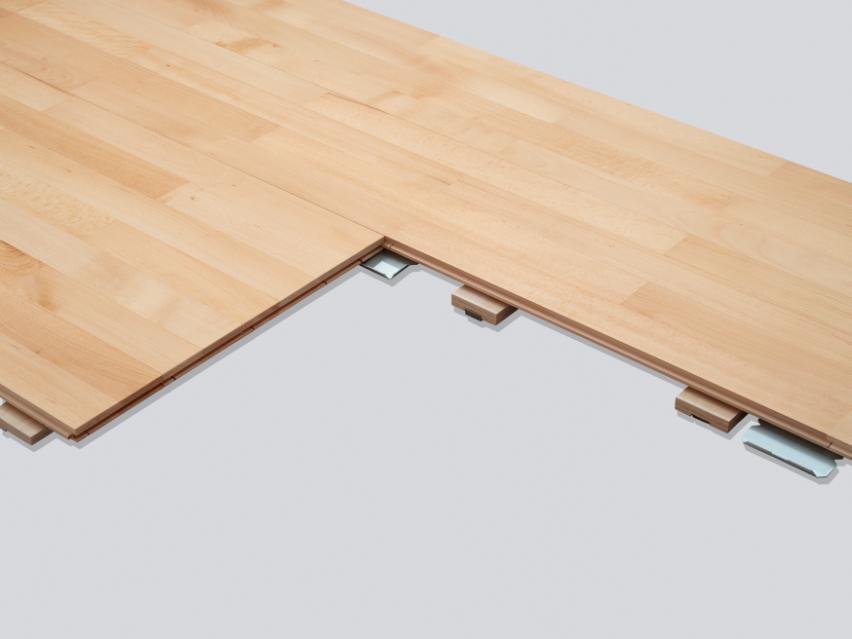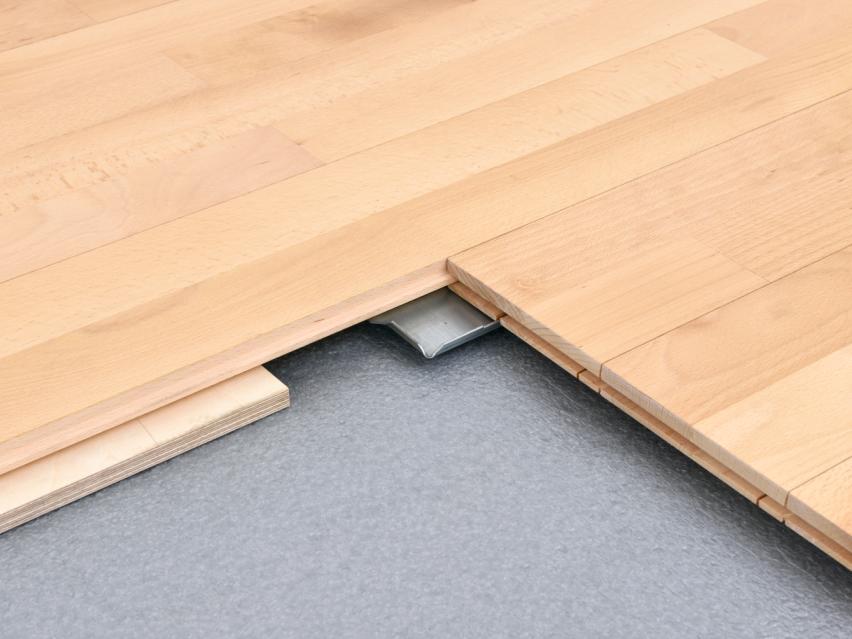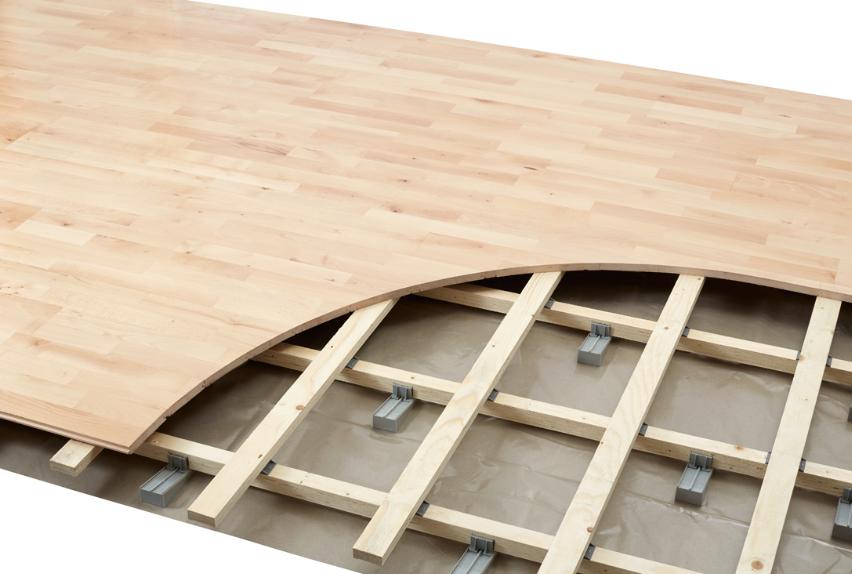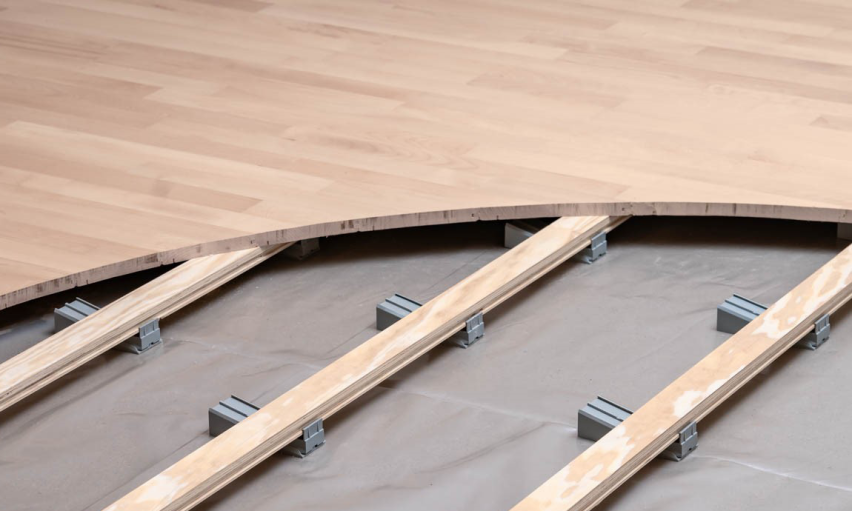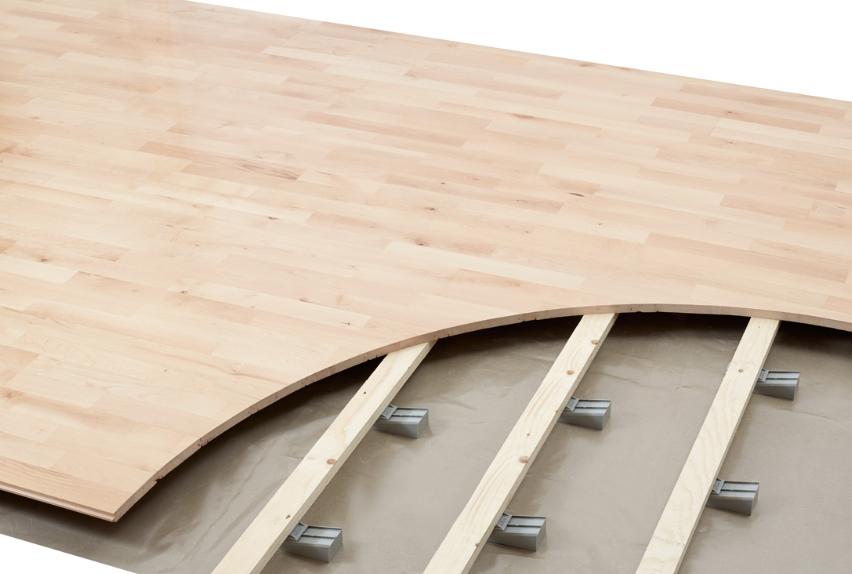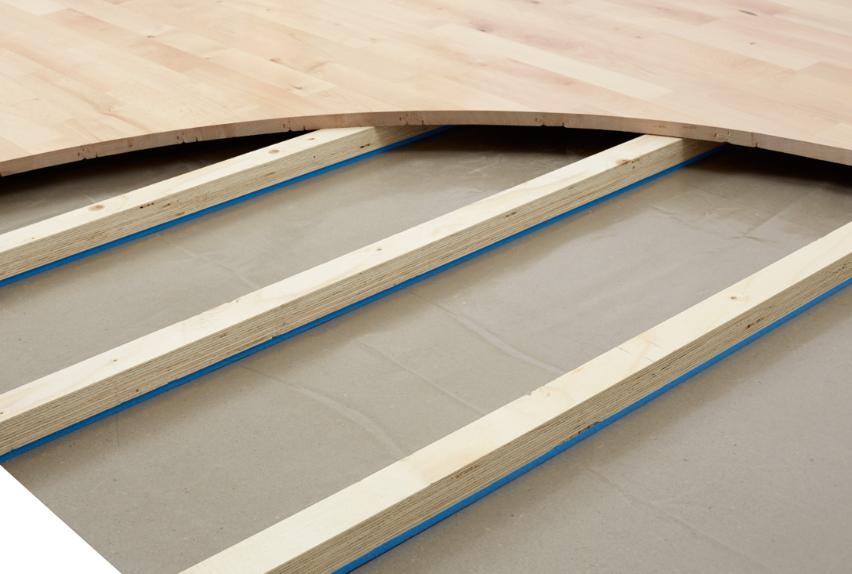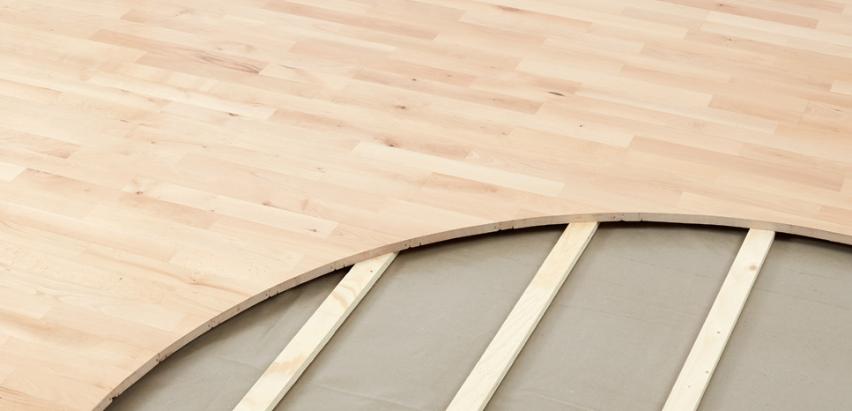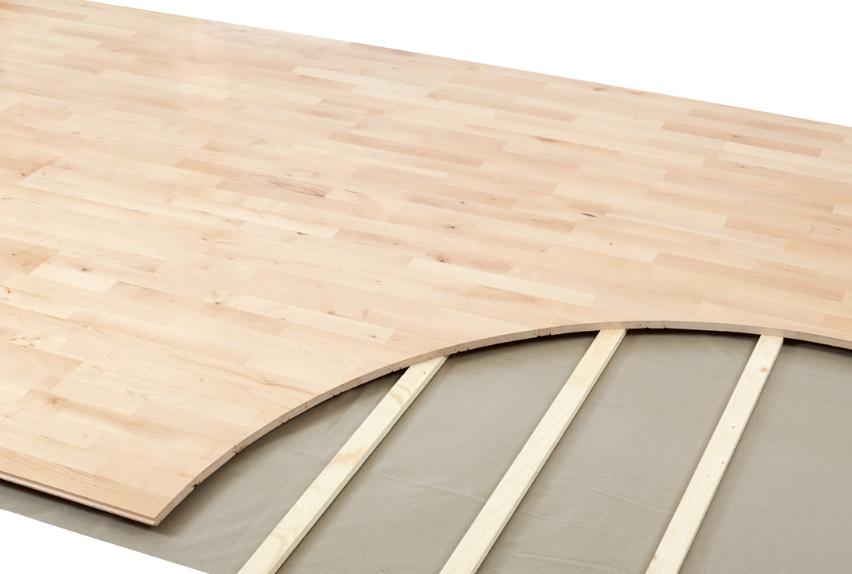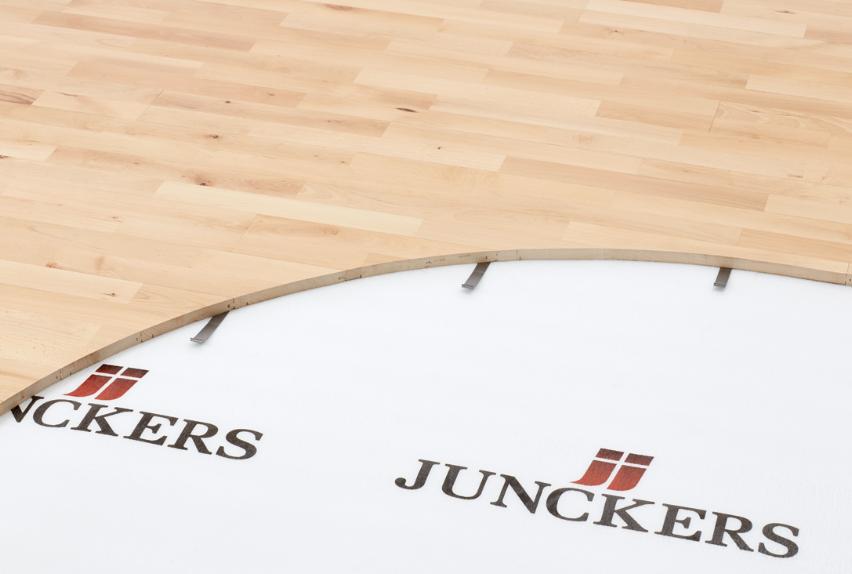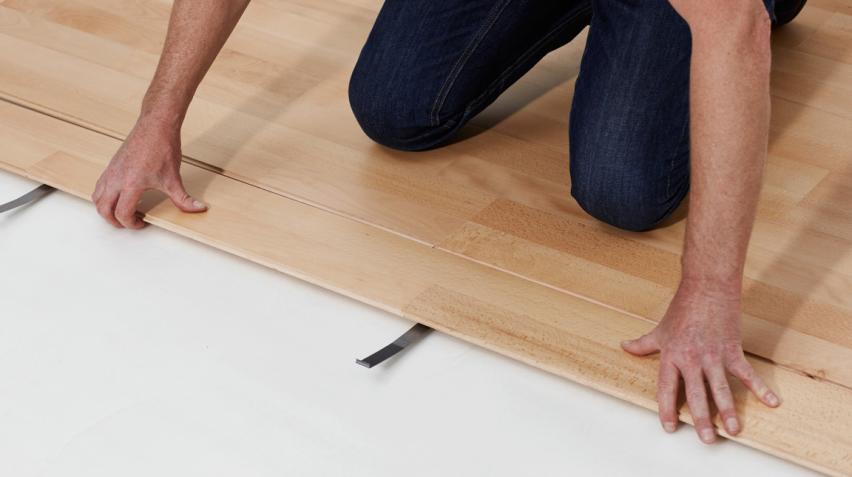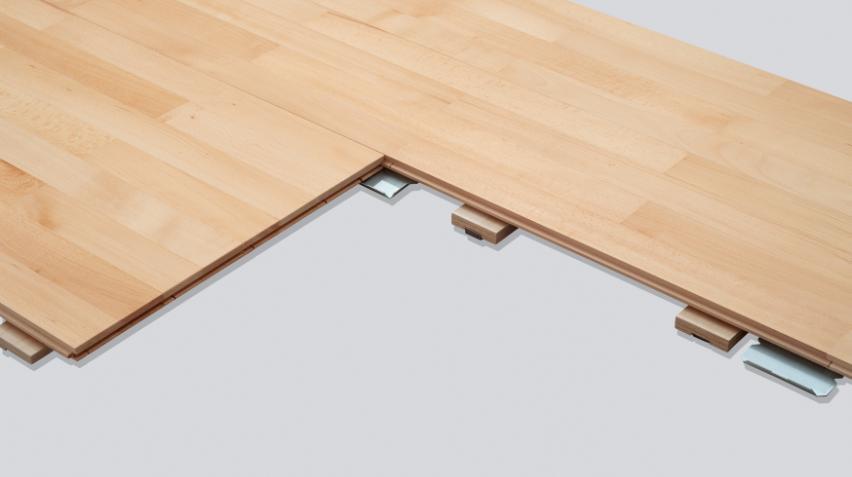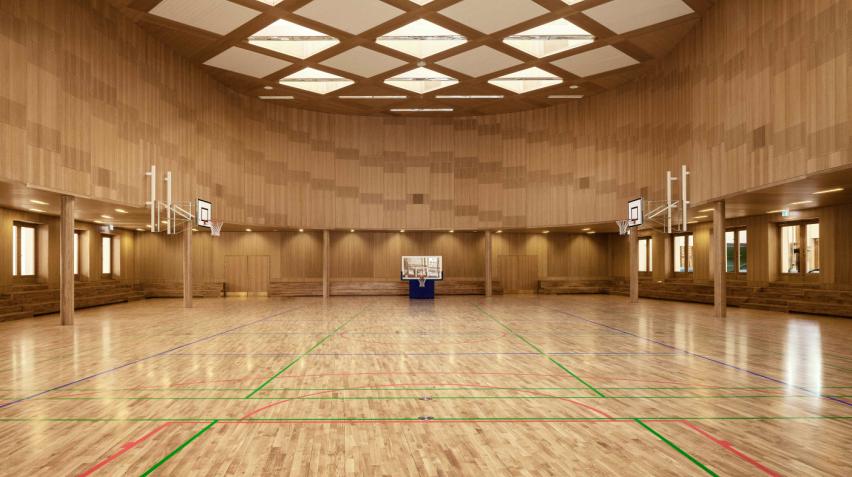Why Hardwood Floors Are Becoming the Go-To Choice for Tap Dance Studios
Tap dance studios require flooring that can withstand intense use, deliver exceptional sound, and help protect dancers from injury. In recent years, solid hardwood floors have become the standard for tap dance environments, offering unmatched durability, superior acoustics, and consistent performance. This article examines the specific reasons why hardwood has earned its reputation as the preferred choice for tap dance professionals, and outlines the key factors installers and studio owners should consider when selecting the right flooring for their needs.
Versatile systems to meet all your needs
The Essential Role of Flooring in Tap Dance Studios
Selecting the right floor is a fundamental decision for any tap dance studio. Tap dancing puts unique stress on surfaces, requiring a floor that not only endures repeated impacts but also delivers the clarity and resonance dancers expect. The right flooring supports both the artistry and safety of dancers, affecting everything from sound quality to injury prevention. For installers and dealers, understanding these requirements is key to delivering solutions that meet the high expectations of professional dance environments.
How Hardwood Floors Enhance Sound Clarity for Tap Dancers
One of the main reasons hardwood flooring has become the go-to choice in tap studios is its superior acoustic performance. Solid hardwood, such as beech, maple, or ash, provides a crisp, resonant sound that amplifies every tap, shuffle, and click. This level of sound clarity is essential for both rehearsal and performance, allowing dancers and instructors to hear every nuance. The natural density of hardwood ensures that tap routines are heard as intended, while also maintaining a consistent and reliable surface over time.
The Impact of Subfloor Systems on Sound and Performance
Pairing hardwood with the right subfloor system is crucial. A sprung or resilient subfloor—like Junckers’ DuoBat, UnoBat, or Clip System—optimizes shock absorption and supports dancer health by reducing joint stress. These systems also contribute to the resonant sound that makes tap dance so distinctive. For installers, selecting a compatible subfloor ensures that the finished floor meets both performance and safety standards. Explore the range of fixed sports flooring solutions for dance and sports applications.
Durability and Longevity: Why Hardwood Outlasts Alternatives
Tap dancing is demanding, and not all floors are up to the challenge. Solid hardwood floors are engineered to withstand the heavy foot traffic and repeated impacts of daily tap practice and performance. Unlike synthetic or soft wood alternatives, hardwood resists denting, scratching, and visible wear, making it a long-term investment for any studio.
- Solid hardwood floors can be sanded and refinished multiple times, extending their usable life.
- Factory-applied finishes, including lacquer and oil, provide additional protection and are easy to maintain.
- The robust construction of Junckers floors means less frequent replacement and lower lifecycle costs.
Maintenance and Refinishing: Keeping the Tap Dance Floor Portable and Pristine
Regular care is straightforward—sweeping and occasional damp mopping preserve the finish and sound quality. For tap dance floor portable systems, maintenance routines are designed for quick, convenient upkeep between uses. When needed, professional sanding and refinishing can restore the floor to its original condition, maximizing the value of your investment. Find detailed advice on maintenance and refurbishment of wooden sport floors.
Maple vs Beech: Selecting the Best Wood Species for Tap Dance Studios
Choosing the right wood species can further enhance a studio’s performance. Maple and beech are both popular choices for tap dance floor portable solutions:
- Maple: Known for its tight grain and light color, maple delivers a bright, sharp sound ideal for tap. It also offers excellent resistance to wear and impact.
- Beech: Favored for its warm tone and high durability, beech provides a slightly softer sound and a classic appearance. Junckers Beech options allow for customization to suit any studio’s aesthetic.
Both woods meet EN 14904 standards and are available in multiple gradings and finishes, giving installers flexibility to match the specific needs of any tap dance environment.
Advantages of a Tap Dance Floor Portable Solution
Portable flooring has transformed the way studios, schools, and touring companies approach tap dance installations. A tap dance floor portable system offers unmatched flexibility for venues that need to accommodate multiple activities or temporary events. Discover more about portable dance floor solutions for professionals.
- Easy transport and storage
- Fast installation and removal by professional teams
- High durability for repeated use across different locations
Overview of Junckers’ Portable Tap Dance Floor Solutions
Junckers offers leading portable dance floor tap systems, including Pro Complete 44 and Arena Master. These products are crafted from 22 mm solid hardwood and engineered for rapid assembly and dismantling. Optional features such as pre-printed graphics and sponsor logos make them ideal for tournaments, showcases, and traveling productions. The combination of robust construction and versatile design ensures consistent performance in every setting.
Safety, Performance, and Compliance with Industry Standards
Dance studios and installers must prioritize safety and performance. Junckers’ hardwood floors are engineered to meet EN 14904 standards, providing:
- Optimal shock absorption to protect joints and reduce fatigue
- Consistent friction for secure footing and controlled movement
- Reliable surface uniformity for both fixed and portable applications
These features help create a safe, professional environment for dancers at every level.
Why Installers and Dealers Choose Junckers for Tap Dance Flooring
Junckers is recognized for delivering high-quality hardwood flooring solutions tailored to the needs of dance studios and multipurpose venues. Installers and dealers benefit from:
- Options for fixed and portable installations, ensuring suitability for any project scope
- Multiple wood species, gradings, and finishes to meet diverse performance and aesthetic requirements
- Full documentation, including FSC certification, EPDs, and EN 14904 compliance for project transparency
For those seeking a tap dance floor portable system that balances sound clarity, durability, and ease of installation, Junckers provides proven solutions designed with both dancers and installers in mind.
Next Steps: Get Expert Advice or Request a Quote
Ready to specify or install a tap dance floor portable or fixed solution? Reach out for personalized guidance, technical documentation, or a tailored quote from Junckers. Our team will help you select the ideal flooring system for your next tap dance studio project, ensuring a result that meets the highest standards of quality and performance.
Frequently Asked Questions About Hardwood Tap Dance Flooring
What type of flooring is best for a tap dance studio? add
The best tap dance floor is made from solid hardwood such as beech, maple, or ash. These materials deliver the clear, resonant sound tap dancers need while providing excellent durability and shock absorption. Hardwood also meets EN 14904 standards for safety and performance, making it ideal for professional studios and long-term installations.
Why choose a tap dance floor portable system? add
A tap dance floor portable system offers maximum flexibility for studios, schools, and touring productions. It allows for quick installation, easy transport, and reliable performance in any venue. Junckers’ portable systems—like Pro Complete 44 and Arena Master—combine solid hardwood construction with engineered shock absorption, ensuring consistent sound, safety, and longevity.
How do I maintain and extend the life of my portable tap dance floor? add
Regular sweeping and light cleaning preserve the surface and sound quality of your portable dance floor. For long-term care, floors can be sanded and refinished to restore their original appearance and performance. Proper storage in a dry, stable environment protects against warping and ensures your temporary dance floor remains pristine between uses.

